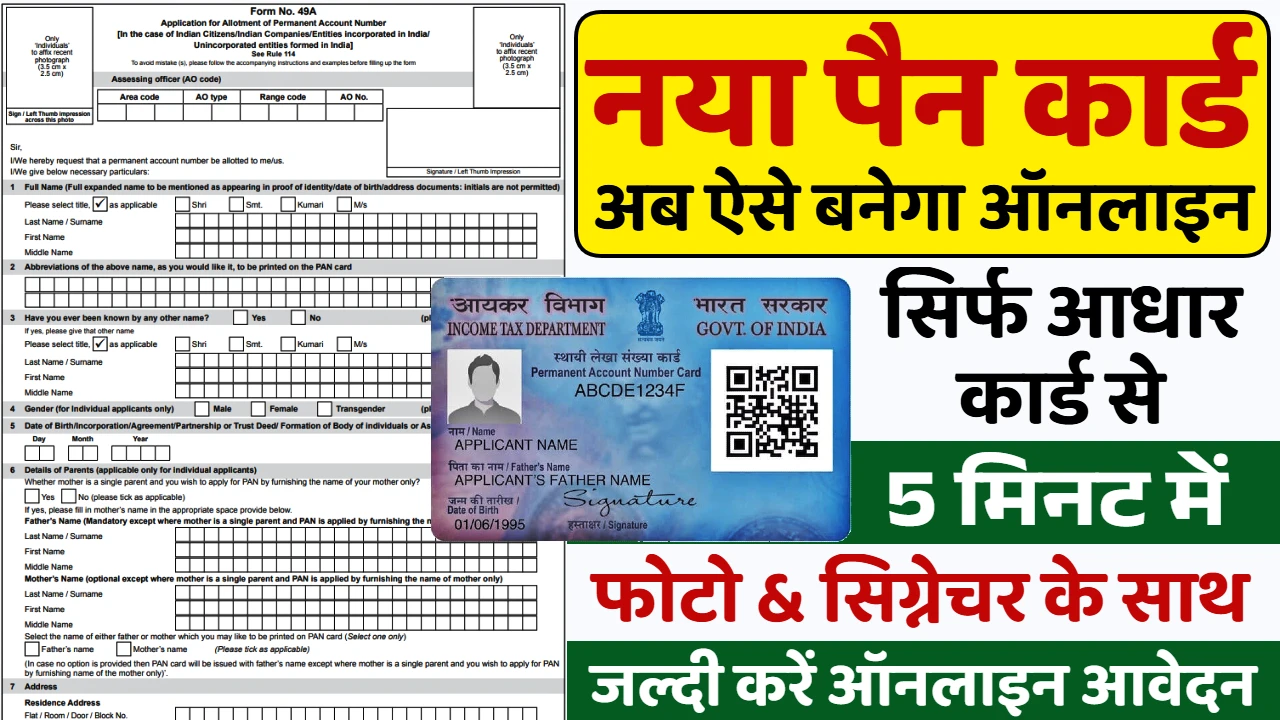Bengaluru, India – The Chapati, also known as roti, is an indispensable part of daily meals across India. These simple whole wheat flatbreads are the perfect accompaniment to curries, vegetables, and lentils. While readily available, the satisfaction of making soft, fluffy Chapatis at home is unparalleled, offering a taste of warmth and freshness that store-bought versions often lack. This guide will walk you through the straightforward steps to creating perfect Chapatis in your own kitchen.
Get ready to master the art of making this essential Indian bread, a skill that will enhance your everyday meals and impress your loved ones.
Gathering the Basic Yet Essential Ingredients for Chapatis
The beauty of Chapati lies in its minimal ingredients, highlighting the quality of the whole wheat flour.
Essential Ingredients:
- Whole Wheat Flour (Atta): 2 cups, the foundation of the Chapati.
- Water: Approximately 1 cup, or as needed to form a soft dough.
- Ghee or Oil: For brushing (optional), adds softness and flavour.
- Dry Whole Wheat Flour: For dusting during rolling.
The Simple Art of Making Soft and Fluffy Chapatis
Creating perfect Chapatis involves kneading a soft dough and then cooking them carefully on a hot griddle and over an open flame (optional).
- Knead the Dough: In a large bowl or parat, add the whole wheat flour. Gradually add water, mixing with your fingers until a soft, smooth, and pliable dough forms. The dough should not be sticky but should be soft enough to yield easily. Knead the dough for 8-10 minutes, pressing and stretching it until it becomes elastic and smooth. This step is crucial for soft Chapatis.
- Rest the Dough: Cover the dough with a damp cloth and let it rest for at least 30 minutes. Resting allows the gluten in the whole wheat flour to relax, resulting in softer Chapatis.
- Roll the Chapatis: Divide the rested dough into small, equal-sized balls (about the size of a golf ball). Take one dough ball and dust it lightly with dry whole wheat flour. Using a rolling pin, roll the dough ball into a thin, circular disc of about 6-7 inches in diameter. Ensure the thickness is even for uniform cooking. Dust with more flour as needed to prevent sticking.
- Cook on the Griddle (Tawa): Heat a flat griddle or tawa (preferably iron or cast iron) over medium-high heat. Once the tawa is hot, place the rolled Chapati on it. Cook for about 30-40 seconds on each side, or until small bubbles start to appear and the surface slightly changes colour.
- Puffing Up the Chapati (Optional): Using tongs, carefully remove the partially cooked Chapati from the tawa and place it directly over a medium-high open flame (gas stove). Flip it gently as it puffs up like a balloon. This step is what makes the Chapati soft and airy. Be cautious while doing this and do not hold it over the flame for too long, as it can burn. Alternatively, you can gently press the edges of the Chapati on the hot tawa with a clean, folded cloth until it puffs up.
- Apply Ghee or Oil (Optional): Once the Chapati is cooked and puffed, you can lightly brush it with ghee or oil for added flavour and softness.
- Serve Hot: Stack the cooked Chapatis in a cloth-lined container or a roti box to keep them warm and soft. Serve them hot with your favourite curries, vegetables, or lentils.
Essential Tips for Making Soft and Fluffy Chapatis
Achieving perfectly soft and fluffy Chapatis requires attention to a few key techniques. Follow these essential tips for the best results:
- Quality of Flour: Using good quality whole wheat flour (atta) is crucial for soft Chapatis.
- Proper Kneading: Kneading the dough well for a sufficient amount of time develops the gluten, resulting in softer Chapatis.
- Resting the Dough: Allowing the dough to rest is a non-negotiable step for soft and pliable Chapatis.
- Rolling Evenly: Rolling the Chapati to an even thickness ensures uniform cooking and prevents some parts from becoming crispy while others remain uncooked.
- Cooking on the Right Heat: The tawa should be sufficiently hot but not smoking. Medium-high heat is generally ideal.
- Puffing is Key: The puffing step, whether over an open flame or by pressing on the tawa, is what makes the Chapati soft and airy.
- Storing Properly: Storing the cooked Chapatis in a cloth-lined container helps retain their softness for a longer time.
- Water Temperature: While room temperature water is generally used, some people find that slightly lukewarm water can help in making a softer dough, especially in colder climates. Experiment to see what works best for you.
Making Chapatis at home is a fundamental culinary skill that brings warmth and satisfaction to your daily meals. With just a few basic ingredients and a little practice with the making process, you can create these soft and fluffy flatbreads that are a staple in Indian households. So, gather your whole wheat flour, follow these tips, and enjoy the simple pleasure of homemade Chapatis!











